Thinking about adding cameras to protect your house? You’re not alone. Most folks want a system that works night and day, doesn’t drain their wallet, and lets them check in from a phone. The market is packed with options, but the right pick isn’t as hard as it seems once you know what matters most. Below you’ll find straight‑forward advice to help you choose a camera that fits your life.
Start by deciding where the camera will sit. Outdoor units need weather‑proof housings, while indoor models can be smaller and blend with décor. Wireless cameras are popular because they skip the messy wiring, but they still need a strong Wi‑Fi signal. If your router struggles in the garden, consider a Wi‑Fi extender or a wired power‑over‑Ethernet (PoE) setup for reliability.
Next, think about video quality. Today, 1080p is the baseline; 4K gives you crystal‑clear details but can eat up storage. Many cams offer cloud storage, but that often comes with a monthly fee. If you want to avoid ongoing costs, look for models that support local SD cards or a network video recorder (NVR). Those options let you keep footage without a subscription.
Privacy matters, too. Check the app’s permission settings and make sure the manufacturer offers two‑factor authentication. Some brands let you lock down who can see the live feed, which stops prying eyes from getting in.
Night vision is a must‑have for most homes. Infrared (IR) LEDs light up the scene without visible light, so you get a clear black‑and‑white picture after dark. Not every camera handles glass well – IR can bounce off windows, creating glare. Mounting a camera just outside the window or using a small spotlight can fix that.
If you’re watching the price, there are plenty of solid choices under £100 that skip the cloud fee. Look for cameras that brag about “no monthly fees” and include free local storage. Some newer models even offer a hybrid approach: free basic cloud with optional paid upgrades if you later need extra features.
Finally, brand reputation can guide you. The market leaders in 2025 focus on firmware updates, easy app interfaces, and strong customer support. Reading recent reviews will show you which brands consistently deliver on reliability and which ones fall short.
With these pointers, you should feel confident picking a camera that watches over your property, stays within budget, and gives you peace of mind whether you’re at home or away. Happy hunting!

Night vision goggles don't work in total darkness unless they have an infrared illuminator or thermal imaging. Learn how different technologies perform in zero-light conditions and what to buy for true darkness.
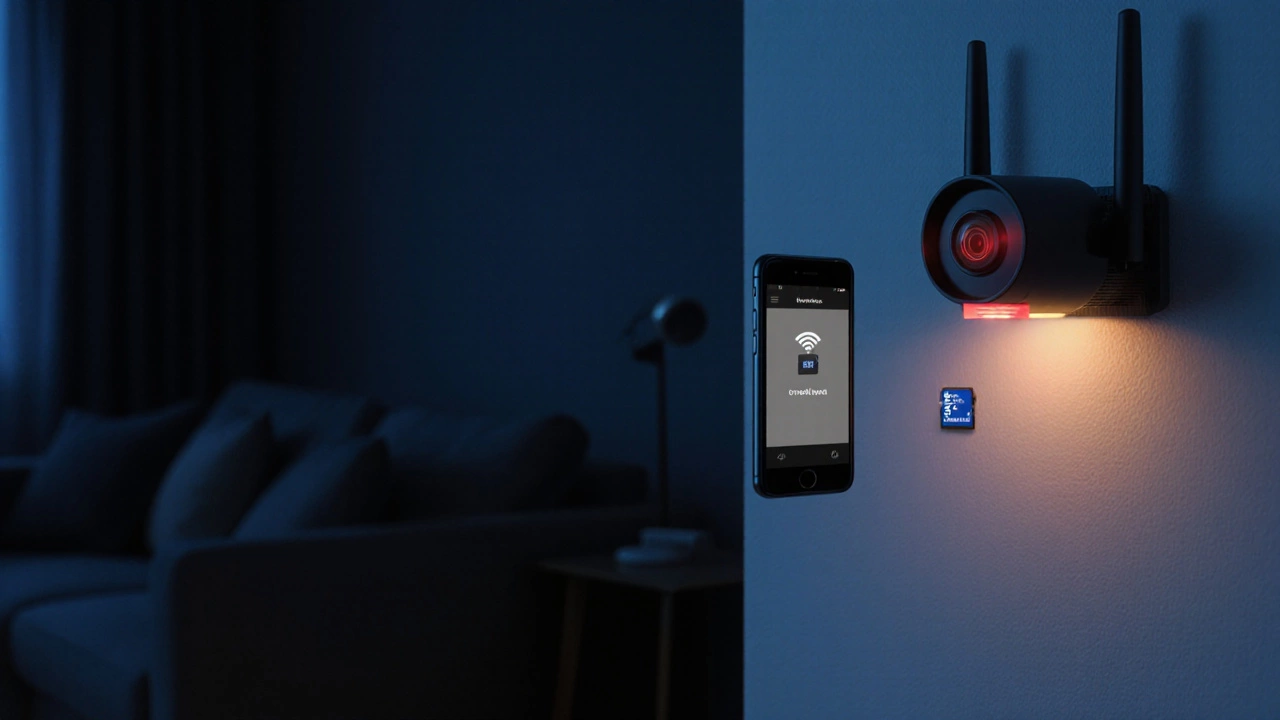
When WiFi goes out, most wireless security cameras stop sending alerts and live feeds-but many still record locally. Learn what actually works during an outage and how to protect your home.
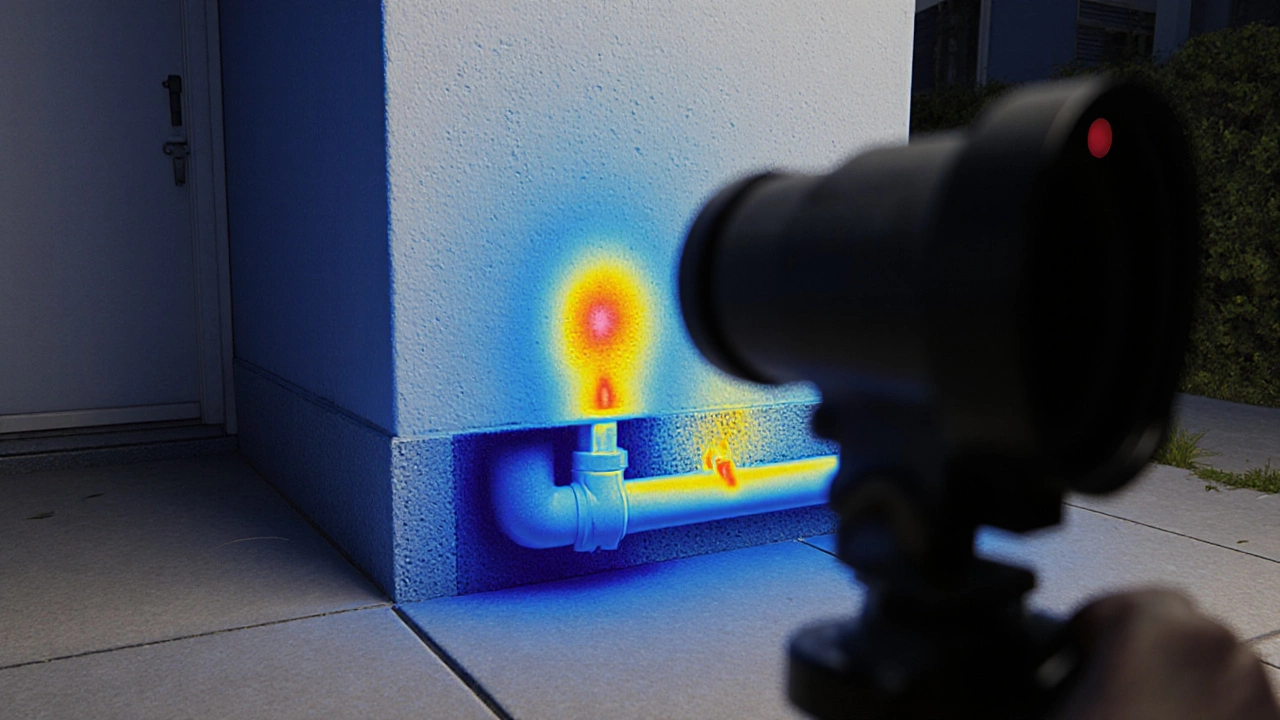
Thermal cameras can't see through walls despite what movies show. They detect surface heat only-useful for finding leaks, insulation gaps, and electrical issues, but not for spying. Learn the real capabilities and limits.
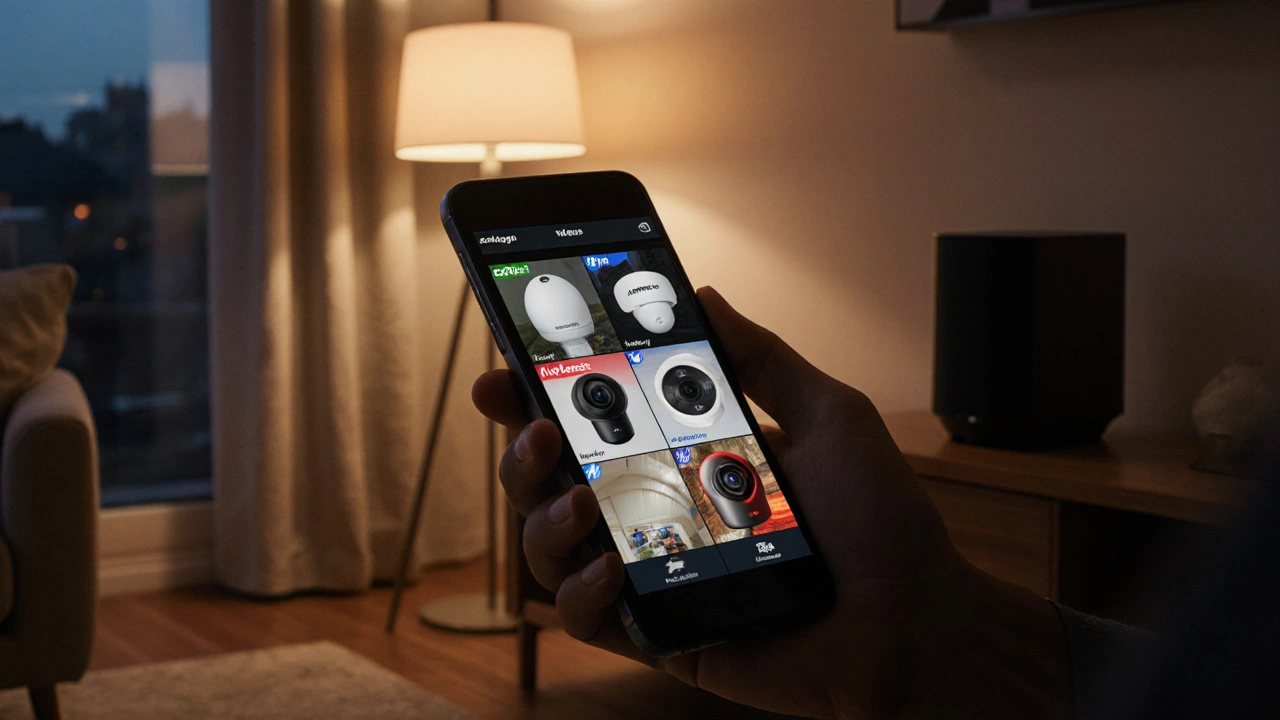
Explore if a single app can manage all your security cameras, why true universality is still out of reach, and which multi‑brand apps come closest.
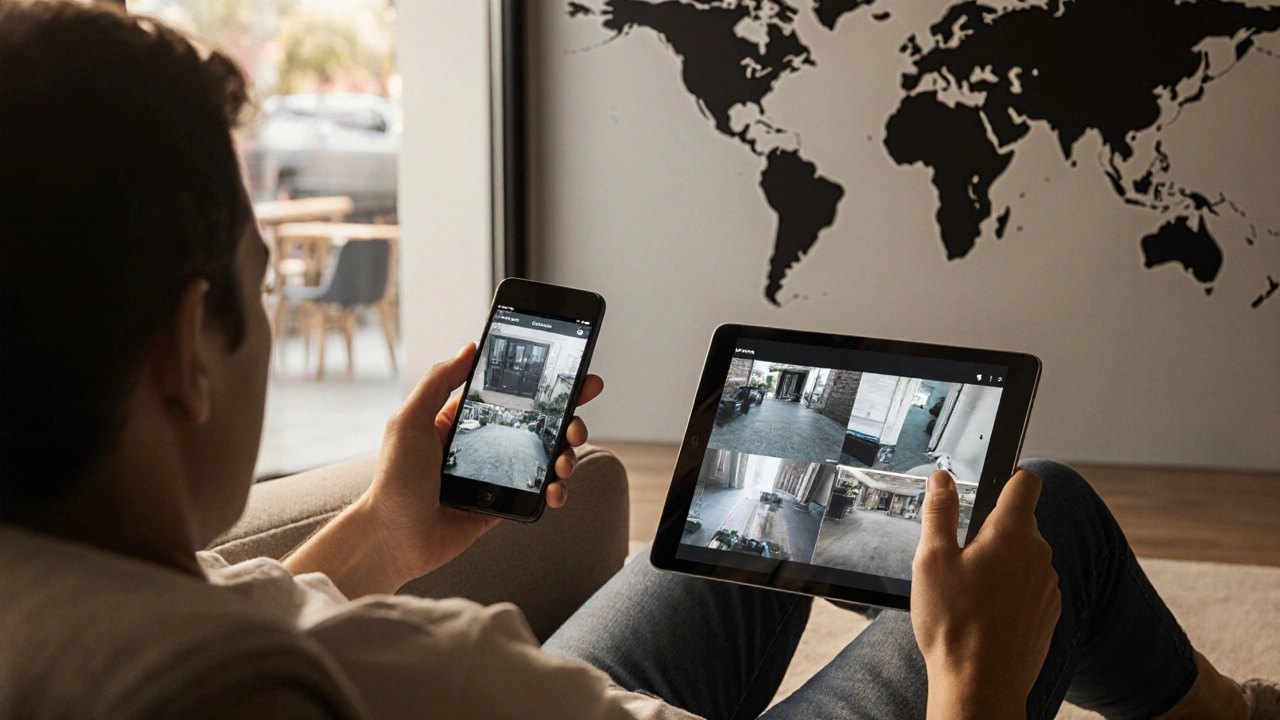
Learn how to watch security cameras online safely. Explore apps, browser access, cloud services, bandwidth needs, setup steps, and top security tips.
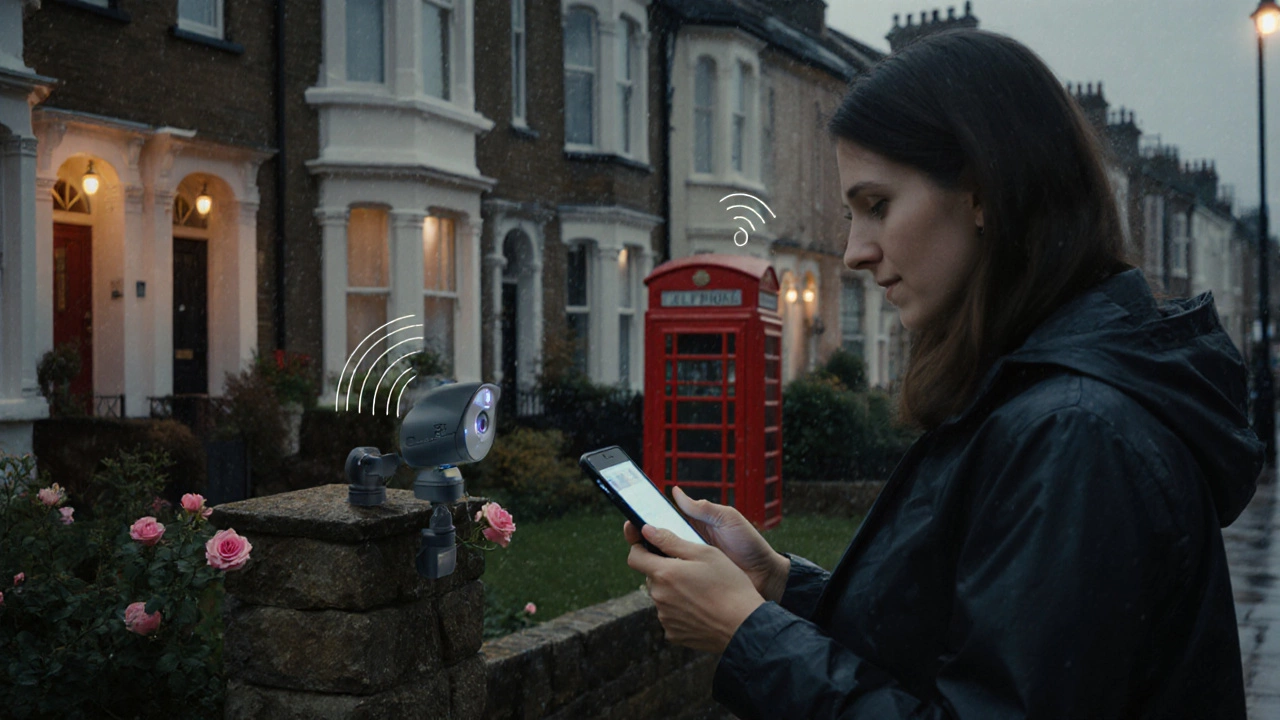
Explore whether all security cameras need Wi‑Fi, learn the differences between wireless, wired, and hybrid models, and discover the best setup for your home.

Do phones have night vision? Learn how night mode works, what true night vision is, and how to get better low‑light shots or use a phone as a simple night camera.

Cut through the noise and pick the right wireless security camera in 2025-coverage, Wi‑Fi, power, video quality, storage, privacy, and Aussie-specific tips.
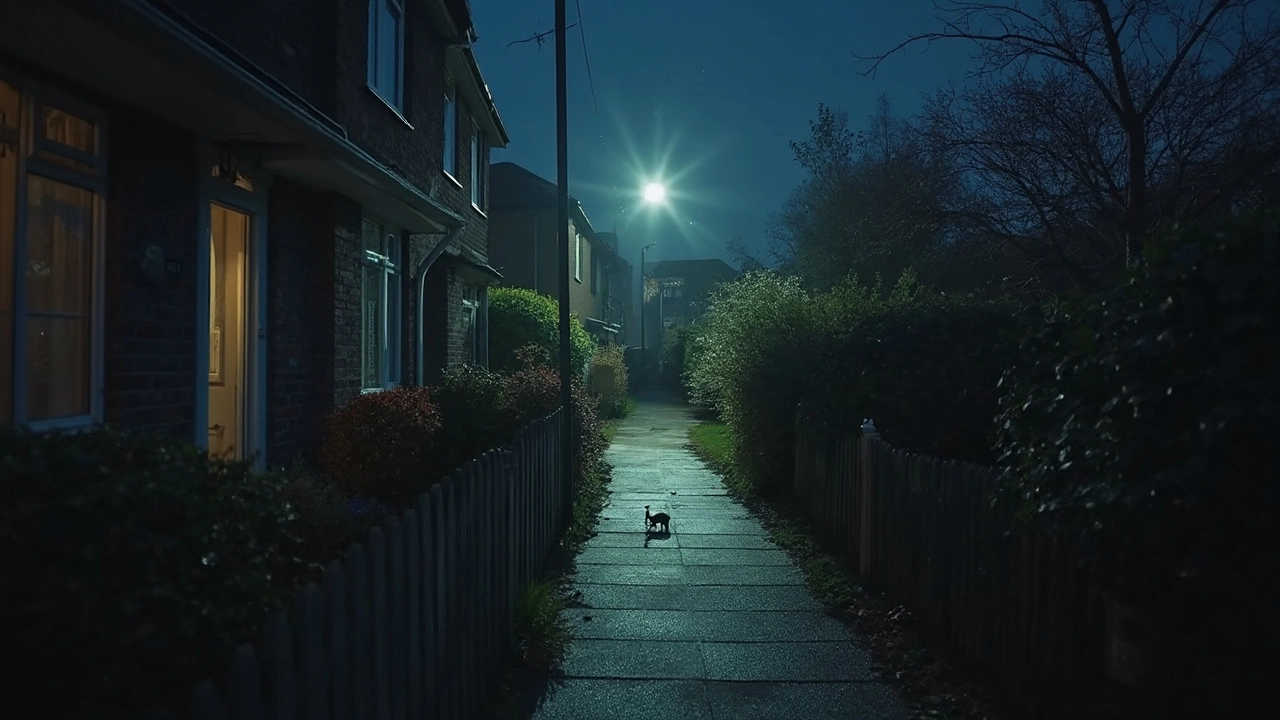
If your security camera leaves you staring at blurry blobs and shadows at night, it’s not just you—it's a common struggle. This article breaks down what actually helps night vision cameras see better after dark and clears up some myths. You'll learn how light tricks, smart settings, and some surprising add-ons can sharpen your nighttime footage. Whether you’re tired of guessing if that’s a raccoon or just your neighbor's cat, you’ll find practical fixes right here. Skip the guesswork and get more out of your camera when the sun disappears.

Picking the best security camera brand means thinking about reliability, features, and how easy it is to use. This article compares the top contenders and shares what really sets the leaders apart this year. Get tips on what to look for before buying, plus some surprising industry trends. Find out which brand claims the No. 1 spot and why users are sticking with it. Whether you’re a tech newbie or a gadget lover, get practical advice for keeping your home safer.

You’ve heard the stories, right? The ones about apps sneakily accessing your phone camera? It’s a real concern for many folks worried about privacy and security. This guide sorts out how apps can obtain camera access, how you can control these permissions, and the tech that acts as your watchdog. Explore easy tips to keep prying eyes at bay and ensure your device's security remains tight.
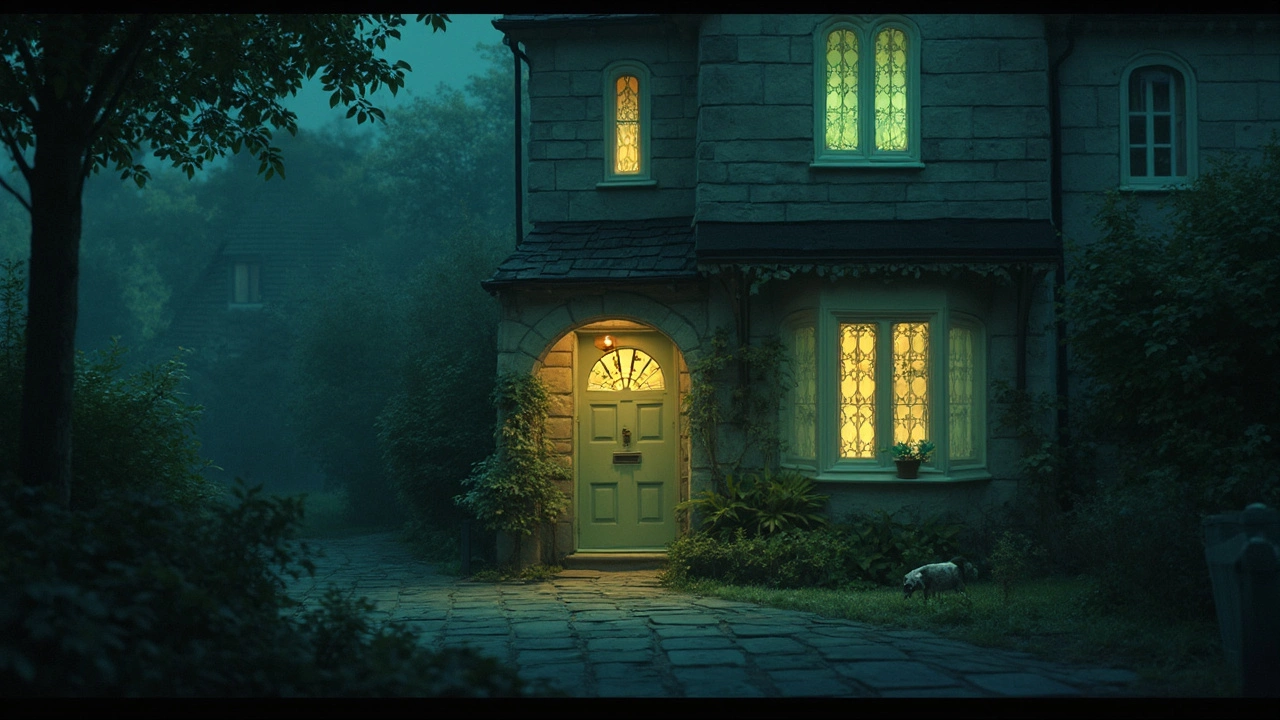
Night vision cameras bring a sense of security, but can they see through windows? This article delves into how these gadgets work, exploring myths and practical realities. It unpacks how infrared technology interacts with glass and offers tips on optimizing your surveillance system. By understanding these factors, you can make informed decisions about your home or business security setup.